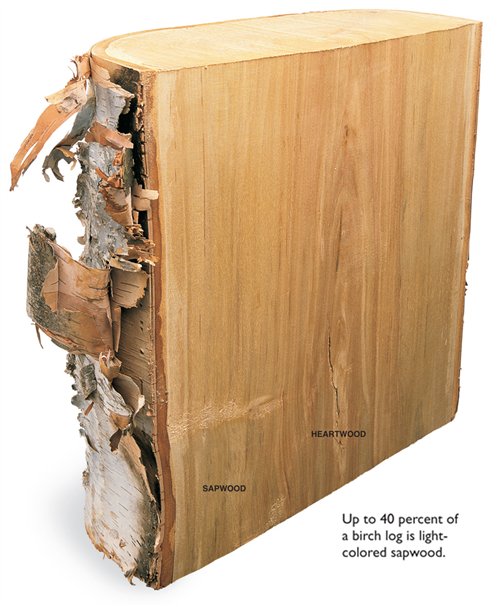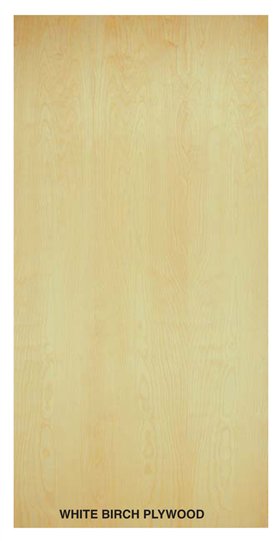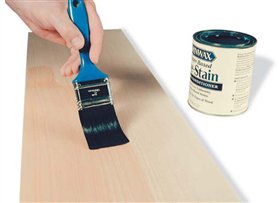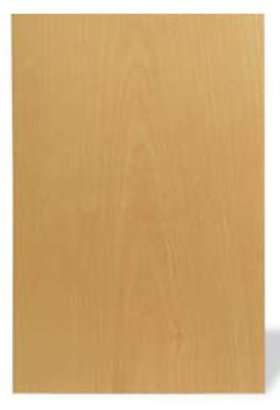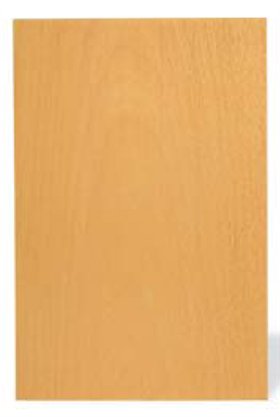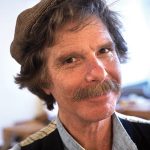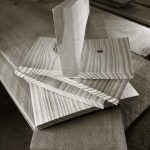We may receive a commission when you use our affiliate links. However, this does not impact our recommendations.
The Way Wood Works: Birch
This affordable
wood is great for
both high-end
and utilitarian
cabinetry.
By Tim Johnson
Birch is a hot item at the lumberyard
these days, and birch
veneer is the all-time most popular hardwood
plywood.This isn’t a fad.Despite changes in taste and
fashion, birch has been in demand for furniture and cabinetry
for almost a century.
Birch lumber has a handsome appearance. Because of its
fine texture and straight grain, it machines well and routs
beautifully.Though hard,birch is easy to sand,and it turns like
a dream. Birch plywood is available in a wide range of
grades.
These characteristics make birch a great choice for all
types of cabinetry.But the best thing about birch is that it looks good with a variety
of finishes—it’s a great impostor for more expensive woods. I’ll show you how
to make the most of this durable, versatile and budget-friendly hardwood.
Yellow birch rulesAlthough the birch family Betulaceae contains over a dozen domestic species, |
Click any image to view a larger version. Birch burl is prized by |
Birch lumber is graded for colorBirch logs contain quite a bit of sapwood. At the lumberyard, birch boards Most birch lumber is sold as natural |
Birch is famous for its light-colored Birch is a great impostor because its figure patterns closely resemble those in cherry, mahogany and walnut. |
Birch plywood has many facesBirch plywood is graded by its color, just like birch lumber. The faces of white birch ply (here white refers to Uniform light and natural birch ply have top-grade It’s smart to shop for birch |
Top grades of birch Middle-grade birch plywood sold at home centers offers lots of creative possibilities.The |
Seal birch before you stainCurly figure is common in birch and occasionally |
Brush on water-based wood conditioner, Stain makes Curly figure is subdued when you apply |
Four great birch finishes
Birch’s chameleon-like nature makes it a finisher’s dream
wood. It looks good with a clear finish, accepts all colors
of stains and dyes, and has a smooth surface that’s great for
painting.
|
1. Keep it light. Waterborne |
|
2. Imitate expensive hardwoods like mahogany, |
|
3. Match old birch cabinets |
|
4. Paint it. Because of its uniform |
Birch or hard maple?Yellow birch and hard maple look so much alike How do they compare?– Hard-maple sapwood is whiter. – Hard maple will make a better cutting block or – Both show considerable seasonal movement. – Both yellow with age. – Birch machines better. Hard maple is – Birch accepts stain better, although both are – Birch costs less. Although demand for lightcolored |
|
This story originally appeared in American Woodworker October 2001, issue #89. |
|
Here are some supplies and tools we find essential in our everyday work around the shop. We may receive a commission from sales referred by our links; however, we have carefully selected these products for their usefulness and quality.



